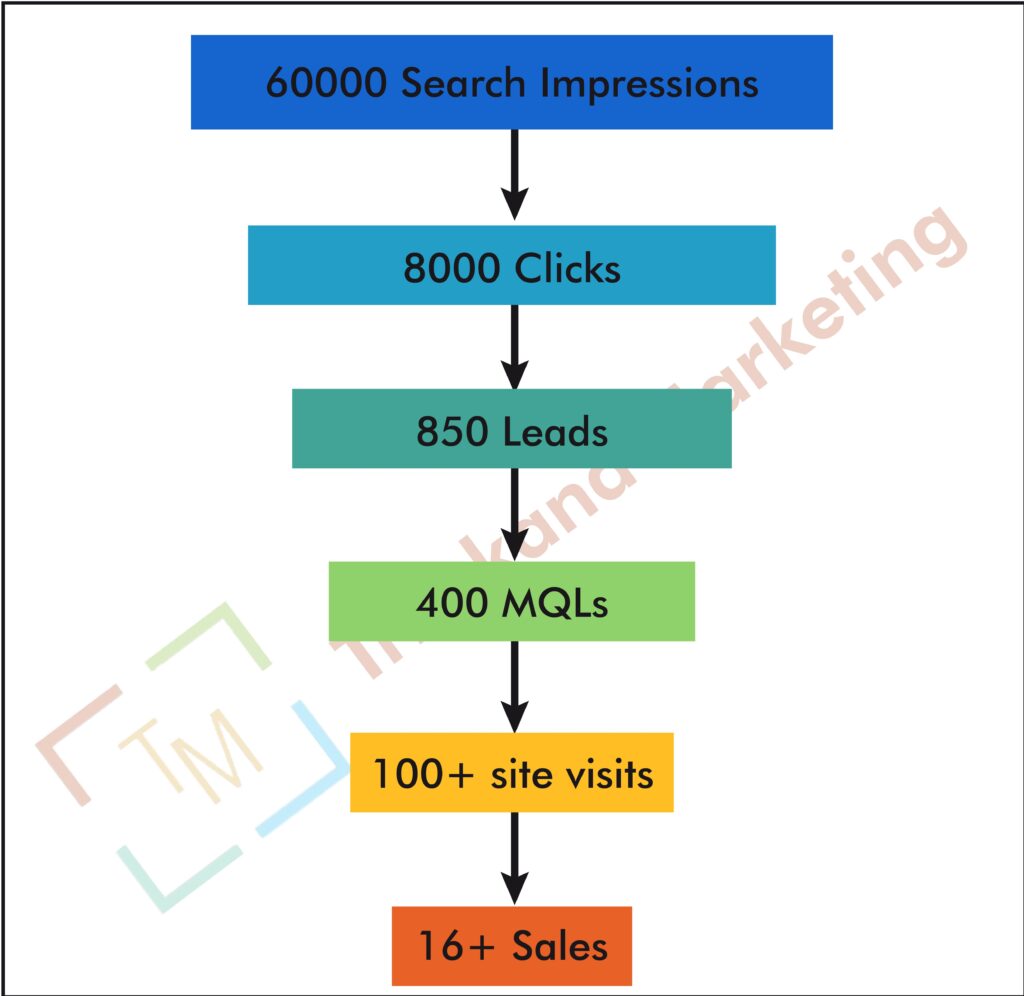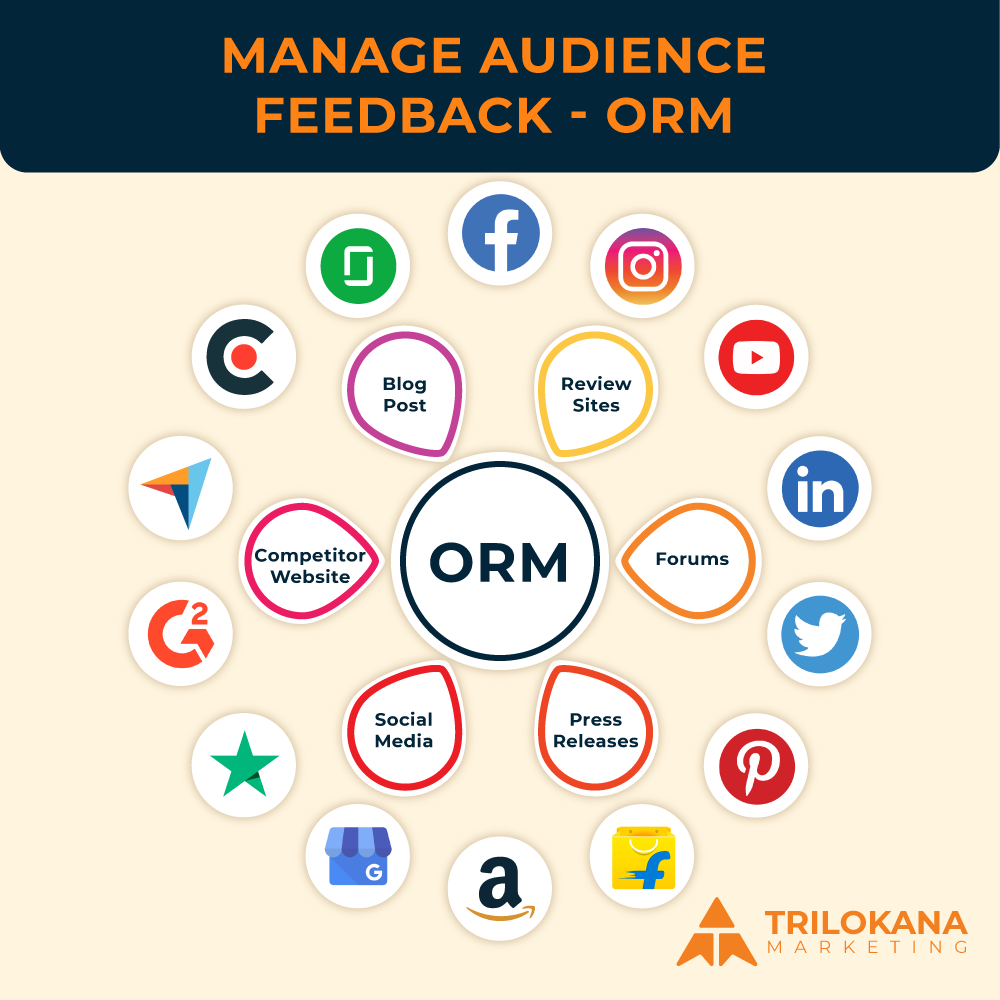Discover the best strategy for your Indian e-commerce brand. Learn whether to sell on marketplaces, build your own website, or combine both approaches for optimal growth.
The Evolving Indian E-commerce Landscape
The Indian e-commerce market is one of the fastest-growing in the world, presenting lucrative opportunities for brands. With over 1.4 billion people and increasing internet penetration, India offers a vast market for online businesses. However, the decision on where to sell—whether on established marketplaces like Amazon and Flipkart or through a self-owned website—can significantly impact a brand’s success. This guide explores the advantages and challenges of both platforms to help you make an informed decision for your Indian e-commerce brand.
Understanding Marketplaces in India
The Rise of Marketplaces
Marketplaces have revolutionized the e-commerce landscape in India, offering a convenient platform for businesses to reach a large customer base. Giants like Amazon, Flipkart, and Myntra dominate the market, attracting millions of daily visitors. For brands, marketplaces offer a ready-made infrastructure, including payment gateways, logistics, and customer support, making it easier to start selling online.
Advantages of Selling on Marketplaces
-
Instant Access to a Large Customer Base
- SEO Advantage: Marketplaces invest heavily in SEO, making it easier for your products to rank higher in search engine results.
- Broad Reach: With millions of active users, marketplaces provide an opportunity for brands to reach a diverse audience across India.
- Established Trust and Credibility
- Brand Trust: Consumers in India often trust well-known marketplaces, which can enhance your brand’s credibility by association.
- Customer Confidence: Marketplaces offer secure payment options and reliable return policies, which encourage customers to make purchases.
- Logistics and Fulfillment Services
- Efficient Delivery: Marketplaces often have partnerships with logistics companies, ensuring timely delivery across India.
- Inventory Management: Marketplaces provide tools to manage inventory, reducing the burden on your brand.
- Marketing and Advertising Support
- Promotional Tools: Marketplaces offer various promotional tools, such as sponsored products, deals, and discounts, to boost visibility.
- Customer Insights: Access to detailed analytics on customer behavior and sales trends helps optimize your marketing strategy.
- Reduced Initial Investment
- Cost-Effective: Setting up on a marketplace requires less capital investment compared to building and maintaining a self-owned website.
- No Need for Technical Expertise: Marketplaces handle the technical aspects, allowing you to focus on product development and marketing.
Challenges of Selling on Marketplaces
- High Competition
- Crowded Space: Popular marketplaces host thousands of sellers, making it difficult for your brand to stand out.
- Price Wars: The competition can lead to price wars, reducing your profit margins.
- Limited Branding Opportunities
- Lack of Control: Marketplaces prioritize their own branding, limiting your ability to create a unique brand identity.
- Generic Presentation: Your products are often displayed alongside competitors, making it challenging to differentiate your brand.
- Commission Fees and Costs
- Marketplace Fees: Selling on a marketplace comes with commission fees, which can range from 5% to 20% of each sale.
- Hidden Costs: Additional costs, such as advertising fees and storage charges, can add up, reducing overall profitability.
- Dependency on the Marketplace
- Platform Risks: Your brand’s success becomes tied to the marketplace’s policies, which can change unexpectedly.
- Data Access: Limited access to customer data restricts your ability to build direct relationships and personalized marketing campaigns.
Advantages of Building Your Own Website
Complete Control Over Branding
- Unique Brand Identity
- Custom Design: Your website allows you to create a unique look and feel that reflects your brand’s personality.
- Personalized Experience: Customize the shopping experience to align with your brand’s values and messaging.
- Enhanced Customer Relationships
- Direct Communication: Owning your website enables direct interaction with customers through email marketing, newsletters, and personalized offers.
- Loyalty Programs: Implement loyalty programs to reward repeat customers and encourage long-term relationships.
- Content Marketing Opportunities
- Blogging and SEO: Create valuable content that resonates with your audience, improving your website’s SEO ranking and driving organic traffic.
- Social Media Integration: Integrate social media platforms to engage with your audience and build a community around your brand.
Full Control Over Customer Data
- Data Ownership
- Customer Insights: Owning your website gives you full access to customer data, allowing you to analyze behavior, preferences, and purchase history.
- Personalization: Use data to create personalized marketing campaigns, improving customer satisfaction and retention.
- Targeted Marketing
- Email Campaigns: Send targeted email campaigns based on customer behavior, such as abandoned cart reminders and personalized product recommendations.
- Retargeting Ads: Use customer data to run retargeting ads on social media and other platforms, increasing conversion rates.
Higher Profit Margins
- No Commission Fees
- Direct Sales: Selling directly through your website eliminates marketplace commission fees, increasing your profit margins.
- Transparent Pricing: With no hidden costs, you have more control over pricing strategies, allowing for better profit management.
- Long-Term Cost Efficiency
- Scalability: While the initial investment may be higher, the long-term benefits of owning your website can outweigh the costs.
- Sustainable Growth: As your brand grows, your website can be scaled to accommodate increased traffic and sales without the need for significant additional investment.
Challenges of Building Your Own Website
Higher Initial Investment and Maintenance Costs
- Website Development Costs
- Upfront Costs: Building a professional website requires an initial investment in design, development, and hosting services.
- Ongoing Maintenance: Regular updates, security patches, and maintenance are necessary to keep your website running smoothly.
- Technical Expertise Required
- Complexity: Developing and managing a website requires technical skills, which may necessitate hiring professionals or an in-house team.
- SEO and Marketing Knowledge: To drive traffic and increase sales, you need expertise in SEO, digital marketing, and content creation.
Building and Maintaining Traffic
- Slow Organic Growth
- Time-Consuming: Building organic traffic takes time and consistent effort, as your website will initially have low visibility on search engines.
- Content Creation: Regularly updating your website with fresh, high-quality content is essential for improving SEO rankings and attracting visitors.
- Marketing Costs
- Advertising Spend: Driving traffic through digital marketing, such as Google Ads or social media campaigns, requires a significant budget.
- Competing with Marketplaces: Competing against well-established marketplaces for search engine visibility can be challenging and expensive.
Logistics and Fulfillment Management
- Operational Complexity
- Inventory Management: Managing inventory, processing orders, and handling returns requires robust systems and processes.
- Shipping and Delivery: Ensuring timely delivery across different regions in India can be challenging, especially for smaller brands.
- Customer Service
- Support Infrastructure: Providing excellent customer service requires dedicated resources, including customer support teams and CRM systems.
- Handling Returns and Refunds: Managing returns and refunds efficiently is critical for maintaining customer satisfaction and trust.
Hybrid Approach: Combining Marketplaces and Your Own Website
Leveraging the Best of Both Worlds
- Marketplaces for Scale, Website for Branding
- Broad Reach: Use marketplaces to reach a large audience quickly and generate initial sales.
- Brand Building: Simultaneously develop your website to build a strong brand identity and engage with loyal customers.
- Diversifying Sales Channels
- Reduced Risk: By selling on multiple platforms, you reduce the risk of dependency on a single sales channel.
- Cross-Promotion: Promote your website through your marketplace listings, encouraging customers to visit your site for exclusive offers.
Optimizing Resource Allocation
- Efficient Use of Resources
- Balanced Approach: Allocate resources strategically, focusing on areas that offer the highest return on investment.
- Cost Management: Control costs by leveraging the low-cost entry of marketplaces while investing in your website for long-term growth.
- Streamlined Operations
- Integrated Systems: Use technology to integrate your marketplace and website operations, ensuring smooth inventory management and order fulfillment.
- Consistent Branding: Maintain consistent branding across all platforms to reinforce your brand identity.
Challenges of a Hybrid Approach
- Resource Intensive
- Managing Multiple Platforms: Operating on both marketplaces and your own website requires careful planning and resource management.
- Complex Logistics: Coordinating logistics, inventory, and customer service across platforms can be challenging.
- Brand Dilution
- Conflicting Priorities: Balancing marketplace demands with your website’s brand-building efforts can lead to conflicting priorities.
- Customer Confusion: Offering different pricing or promotions on marketplaces and your website may confuse customers.
Making the Right Choice for Your Indian E-commerce Brand
Deciding between selling on marketplaces or building your own website is a critical decision that depends on your brand’s goals, resources, and target audience. For many Indian e-commerce brands, a hybrid approach offers the best of both worlds—leveraging the reach and convenience of marketplaces while building a unique brand identity and customer base through a self-owned website.
By carefully evaluating the advantages and challenges of each platform, you can create a strategy that maximizes your brand’s potential in the competitive Indian e-commerce market. Whether you choose to focus on marketplaces, your own website, or a combination of both, the key to success lies in understanding your customers, optimizing your operations, and continuously adapting to the evolving market landscape.



